
views
Finding Other Solutions

Never bathe your hamster. Only bathe your hamster if there is something stuck in its fur or if he has come in contact with a toxic chemical. Bathing your hamster in water washes out their natural oils and can seriously harm them! Hamsters can’t swim very well and therefore can drown, they will be extremely stressed during the process as well which can kill a hamster. The rapid temperature changes can also give your hamster a cold which can make them seriously ill. During estrus, female hamsters can also have a different odor when they are in heat.

Clean the hamster cage more frequently. The best way to address a smelly hamster is to partially clean out its cage more frequently. Change your cage-cleaning habits and see if the smell improves. Touch up problem areas daily and change all of the bedding every 6-8 weeks.
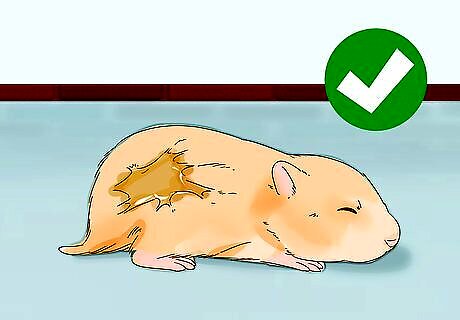
Ensure that your hamster really needs a bath. The only time you should give your hamster a bath is if there is something on its coat that could harm him, e.g. something toxic or sticky on his coat or something stuck to him that he could choke on if he tried to clean himself. Go to an Exotic Vet before attempting this at home. If you've spilled something harmful on your hamster, you will probably wish to bathe it.
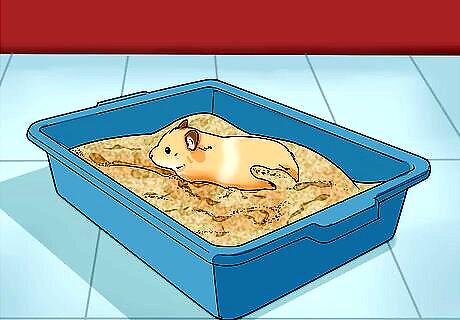
Try a sand bath first. If your hamster is not life-threateningly dirty, a sand bath should be sufficient.The hamster will roll around in the sand, and the sand will cause most dirt to fall off naturally. Buy reptile sand at the pet store and put it in a little bowl for your hamster. Make sure to buy sand, not dust, as dust can cause respiratory problems for your hamster. It is like inhaling smoke as a human every day. Try to buy children's play sand from a hardware store. You can sterilize it by baking it in the oven at 400 °F (204 °C) for 15 minutes. If the sand is a permanent fixture in your hamster's cage or playpen, make sure to check it daily as your hamster may start using it as a litter box.
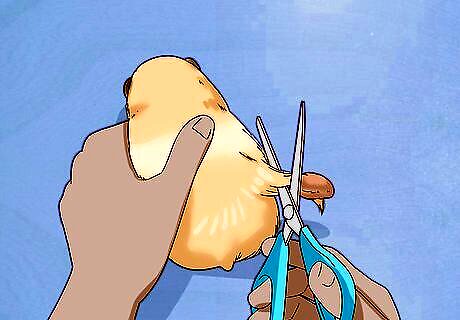
Make sure there is no other way to remove the problem substance. For example, if your long-haired hamster has gum in its fur, you can simply cut it out.
Using a Damp Cloth
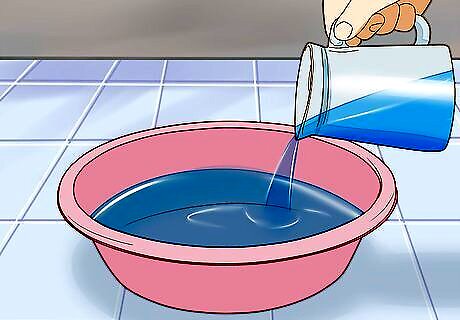
Go to an Exotic Vet before doing any of this at home because they know how to help and how to help sick dying hamsters. Fill a basin with one or two cups of room temperature water. Add one drop of unscented pet shampoo. Wet a washcloth and in the basin and wring it out. Then rub gently on your hamster. If there are suds or any kind of lather, you've used too much shampoo. Start over.
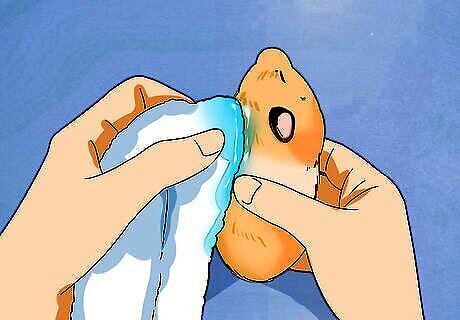
Swab your hamster with the cloth. Very carefully rub in the direction of its fur, like you would when you're petting it.
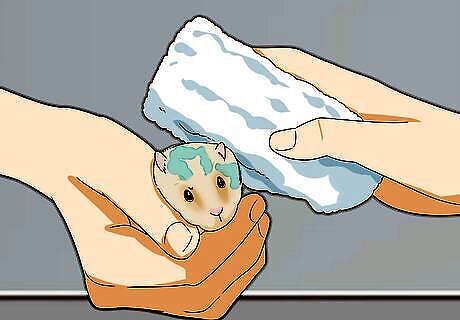
Wipe your hamster off with a soft, dry towel. Gently wipe your hamster with a very soft towel in the direction of its fur to remove water and dampness.
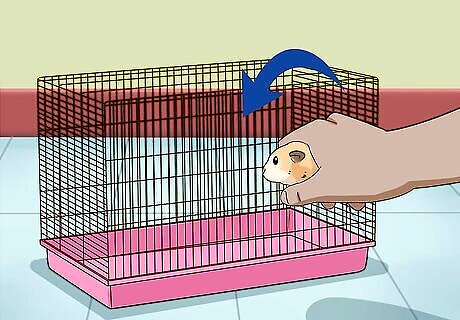
Place your hamster back in its cage. Be sure the cage is clean and fresh, and place the cage in a place that is a little warmer than normal if possible. Make sure there's absolutely no cold air draft.
Bathing Your Hamster

Consider whether a bath is absolutely necessary. Only consider this if your hamster has come in contact with a toxic substance that can't be spot cleaned, and you can't bring it immediately to the vet. It is not uncommon for hamsters to die from being bathed, either by drowning or because they got sick after the bath. Some situations that might warrant a bath include: It fell in something that was potentially dangerous or toxic such as neat disinfectant, white spirit, corrosive substances such as an acid, nail polisher remover The coat got covered in something that would be toxic or cause a stomach upset if the animal groomed and swallowed it (non-food substances such as those mentioned, or chocolate, jam, honey) The hamster was covered in something really sticky which could irritate the skin (chewing gum that could not be removed by spot cleaning or cutting fur) or that would cause a bowel obstruction if the hamster chewed it off the skin (blue tac, putty, wax) or a substance that would damage the skin such as urine
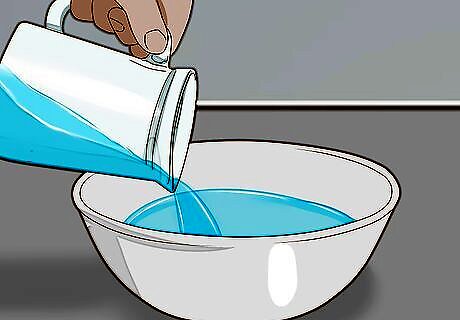
Fill a bowl with a couple centimeters water. If you absolutely must bathe your hamster as a last resort, get a bowl and fill it with a couple centimeters of lukewarm water.
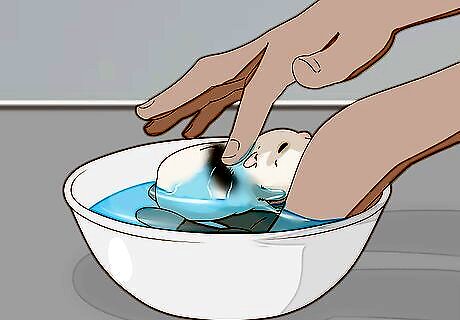
Bathe your hamster very gently with plain water. Moisten your hamster, taking care to keep the water away from her face. You can also use a cloth or an old toothbrush with soft bristles to gently clean the hamster. Again, make sure not to get water on or near the hamster's face.
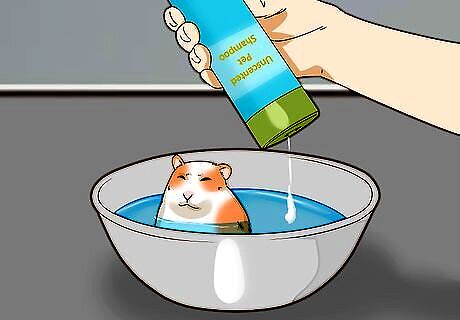
Add unscented pet shampoo if necessary. If water alone will not remove the toxic or sticky substance, you can use a very small amount of the mildest unscented pet shampoo you can find. Be very careful to keep the shampoo and water away from your hamster's face.
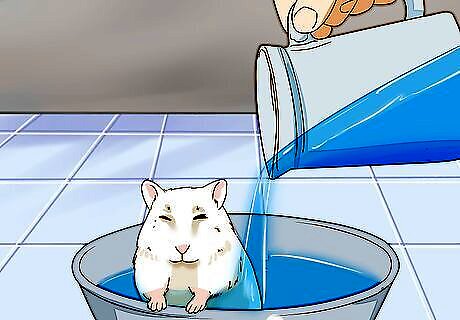
Rinse the hamster. If you used any shampoo, be sure to use plain lukewarm water to rinse the hamster off and completely remove any shampoo residue.

Pat your hamster dry with a soft, clean towel. Place your hamster on top of a dry towel and use the other end of the towel or a second towel to gently pat your pet dry. If you rub, be sure to do so very gently in the direction of its fur.
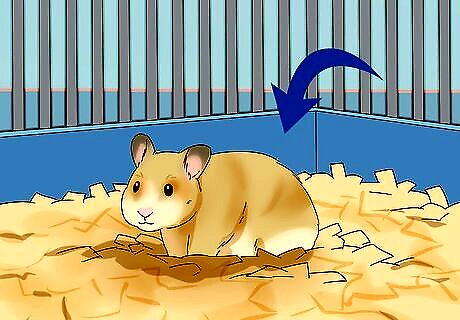
Place your hamster back in its cage. Make sure to get most of the water off before putting your hamster back in its cage to sleep off its agitation. Make sure your hamster has plenty of substrate to dry itself on and to keep it warm.
















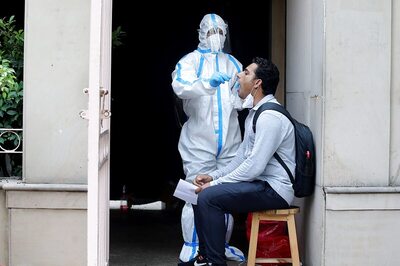


Comments
0 comment